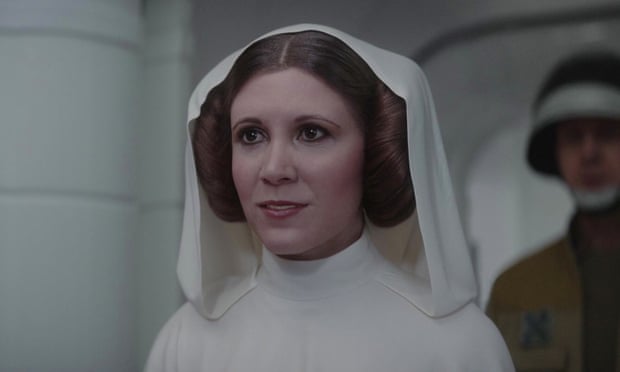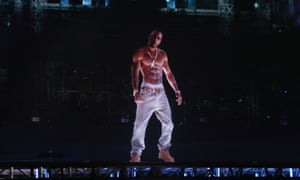
Breaking News
 Engineered backdoors in technology, have given intelligence agencies unfettered powers.
Engineered backdoors in technology, have given intelligence agencies unfettered powers.
 AI-Powered Robots Plant Trees in China's Deserts
AI-Powered Robots Plant Trees in China's Deserts
 Judge Temporarily Blocks DOJ From Using Evidence Proving James Comey's Guilt
Judge Temporarily Blocks DOJ From Using Evidence Proving James Comey's Guilt
 Offer Royale: Paramount-Netflix Bidding War For Warner Bros Heats Up In A Blockbuster Showdown
Offer Royale: Paramount-Netflix Bidding War For Warner Bros Heats Up In A Blockbuster Showdown
Top Tech News
 Build a Greenhouse HEATER that Lasts 10-15 DAYS!
Build a Greenhouse HEATER that Lasts 10-15 DAYS!
 Look at the genius idea he came up with using this tank that nobody wanted
Look at the genius idea he came up with using this tank that nobody wanted
 Latest Comet 3I Atlas Anomolies Like the Impossible 600,000 Mile Long Sunward Tail
Latest Comet 3I Atlas Anomolies Like the Impossible 600,000 Mile Long Sunward Tail
 Tesla Just Opened Its Biggest Supercharger Station Ever--And It's Powered By Solar And Batteries
Tesla Just Opened Its Biggest Supercharger Station Ever--And It's Powered By Solar And Batteries
 Your body already knows how to regrow limbs. We just haven't figured out how to turn it on yet.
Your body already knows how to regrow limbs. We just haven't figured out how to turn it on yet.
 We've wiretapped the gut-brain hotline to decode signals driving disease
We've wiretapped the gut-brain hotline to decode signals driving disease
 3D-printable concrete alternative hardens in three days, not four weeks
3D-printable concrete alternative hardens in three days, not four weeks
 Could satellite-beaming planes and airships make SpaceX's Starlink obsolete?
Could satellite-beaming planes and airships make SpaceX's Starlink obsolete?
In the age of deepfakes, could virtual actors put humans out of business?

In film and video games, we've already seen what's possible with 'digital humans'. Are we on the brink of the world's first totally virtual acting star?
When you're watching a modern blockbuster such as The Avengers, it's hard to escape the feeling that what you're seeing is almost entirely computer-generated imagery, from the effects to the sets to fantastical creatures. But if there's one thing you can rely on to be 100% real, it's the actors. We might have virtual pop stars like Hatsune Miku, but there has never been a world-famous virtual film star.
Even that link with corporeal reality, though, is no longer absolute. You may have already seen examples of what's possible: Peter Cushing (or his image) appearing in Rogue One: A Star Wars Story more than 20 years after his death, or Tupac Shakur performing from beyond the grave at Coachella in 2012. We've seen the terrifying potential of deepfakes – manipulated footage that could play a dangerous role in the fake news phenomenon. Jordan Peele's remarkable fake Obama video is a key example. Could technology soon make professional actors redundant?
Like most of the examples above, the virtual Tupac is a digital human, and was produced by special effects company Digital Domain. Such technology is becoming more and more advanced. Darren Hendler, the company's digital human group director, explains that it is in effect a "digital prosthetic" – like a suit that a real human has to wear.
"The most important thing in creating any sort of digital human is getting that performance. Somebody needs to be behind it," he explains. "There is generally [someone] playing the part of the deceased person. Somebody that's going to really study their movements, facial tics, their body motions."
'The most important thing in creating a digital human is getting that performance' ... digital Tupac Shakur at Coachella in 2012. Photograph: Christopher Polk/Getty Images
Digital and digitally altered humans are commonplace in modern cinema. Recent examples include de-aging actors such as Samuel L Jackson in Captain Marvel, and Sean Young's image in Blade Runner 2049. And you can almost guarantee the use of digital humans in any modern story-led video game: motion-captured actors give their characters lifelike movement and facial expressions.

 First totally synthetic human brain model has been realized
First totally synthetic human brain model has been realized Mach-23 potato gun to shoot satellites into space
Mach-23 potato gun to shoot satellites into space


